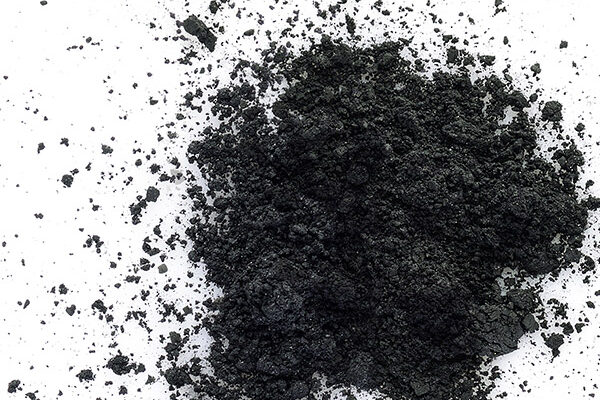The invention
A suite of novel zinc carbonic anhydrase (CA) mimics have been developed, based upon the structure of the previously published mimic ZnL1S. By changing the atoms within the ligand structure i.e. from nitrogens to sulfurs, and with various arrangements of the same or different ligands around the central metal, and thereby mimicking more accurately the β-class of CA, improvements in the catalysts dehydration to hydration ratio were seen. This novel focus on the dehydration reaction has led to improvements that are crucial to the mimics’ ability to produce CO2. Furthermore, the mimics can generate CO2 in physiological conditions, rather than the more commonly utilised organic solvents. This is vital for the application to crops. It will enable the first chemical tool for the in situ local production of CO2, around Rubisco’s active site, resulting in an increase in Rubisco photosynthetic activity, and a concomitant increase in the rate of photosynthesis and therefore crop growth and subsequent yields. There are a number of different carbon concentrating mechanisms found in nature. Some species of plants, such as maize, have developed the C4 pathway, to reduce Rubisco’s wasteful fixation of oxygen, by ensuring that RuBisCO works in an environment where there is an elevated concentration of carbon dioxide. This is achieved via the C4 pathway, and involves CO2 being shuttled via malate or aspartate from the mesophyll cells to bundle-sheath cells (which contain a high concentration of Rubisco). In these bundle-sheath cells CO2 is released by decarboxylation of the malate.
Unfortunately, the C4 pathway is not found in the most common grain crops, such as rice and wheat. Scientists have therefore been trying to genetically engineer these mechanisms into these less efficient crops. This genetic approach is exciting and has the potential to increase crop yield, however it is also very challenging, as it requires the engineering of a complete enzymatic pathway into the plant and has had limited success to date.
Our work described here, is the first approach at using chemical tools to enhance Rubisco’s activity, by increasing the local CO2 concentration around Rubisco’s active site, and hence improving photosynthetic efficiency and ultimately crop yield.
Previously published active site mimics of CA have all been based on human α-CA, like ZnL1S, which preferentially produce HCO3- over CO2. From this work, β-CA active site mimics have been synthesised that have not been previously reported and have a greater preference for CO2 production.
Intellectual property information
Metal complexes for promoting growth in a photosynthetic organism is protected by US, European and Chinese patents: US2021/0400980, EP3873213 and CN113226037.







